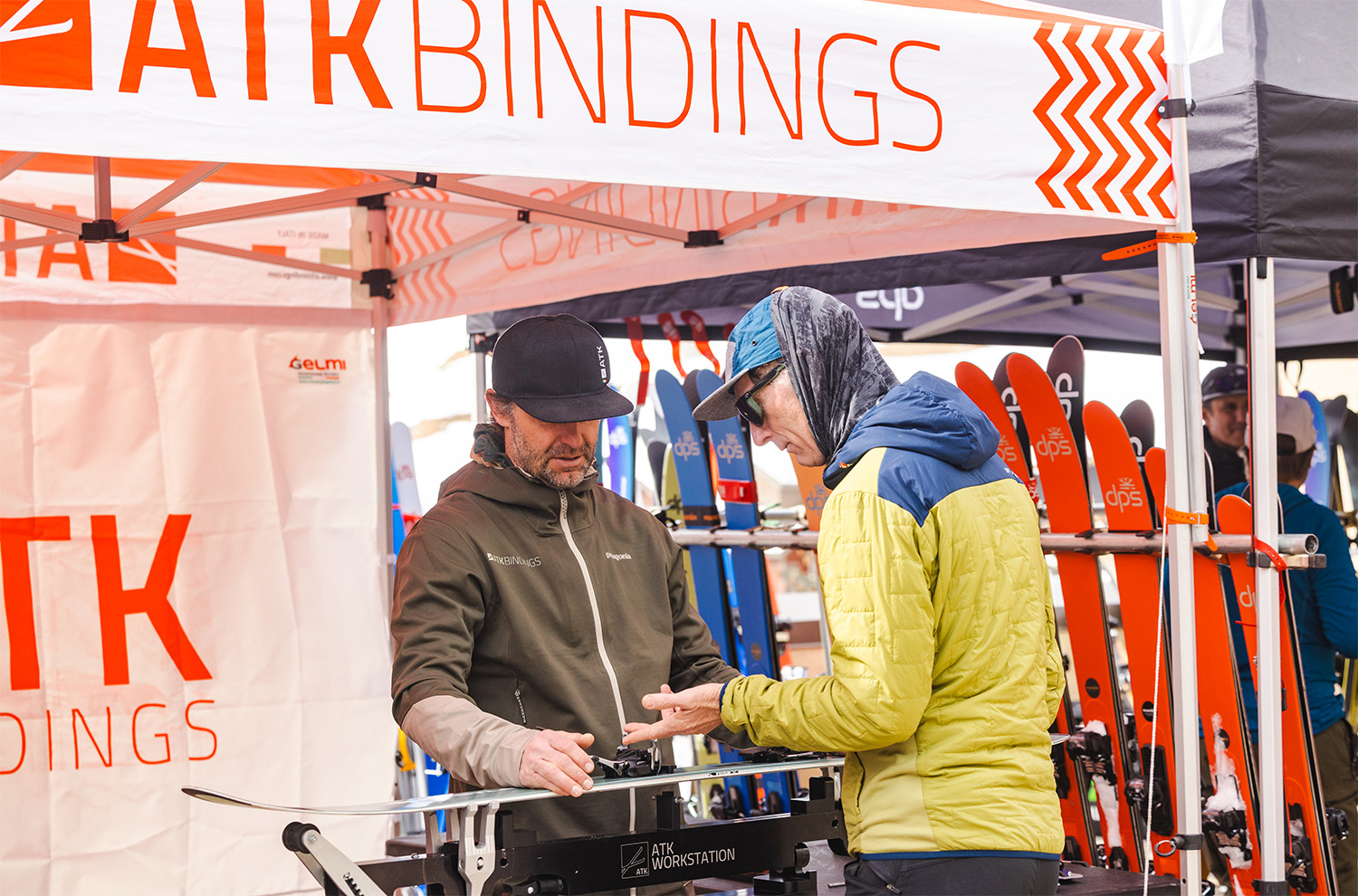
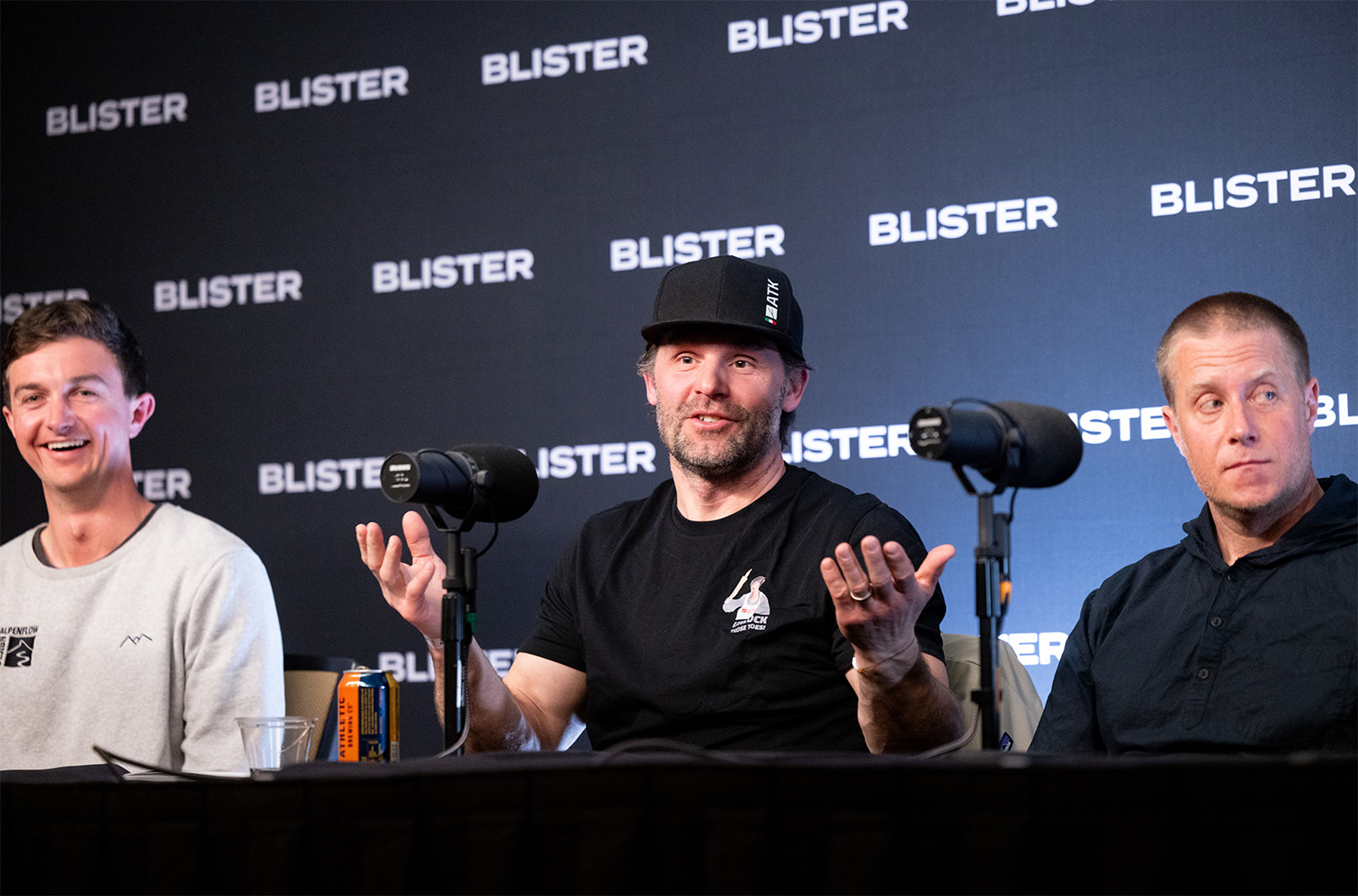
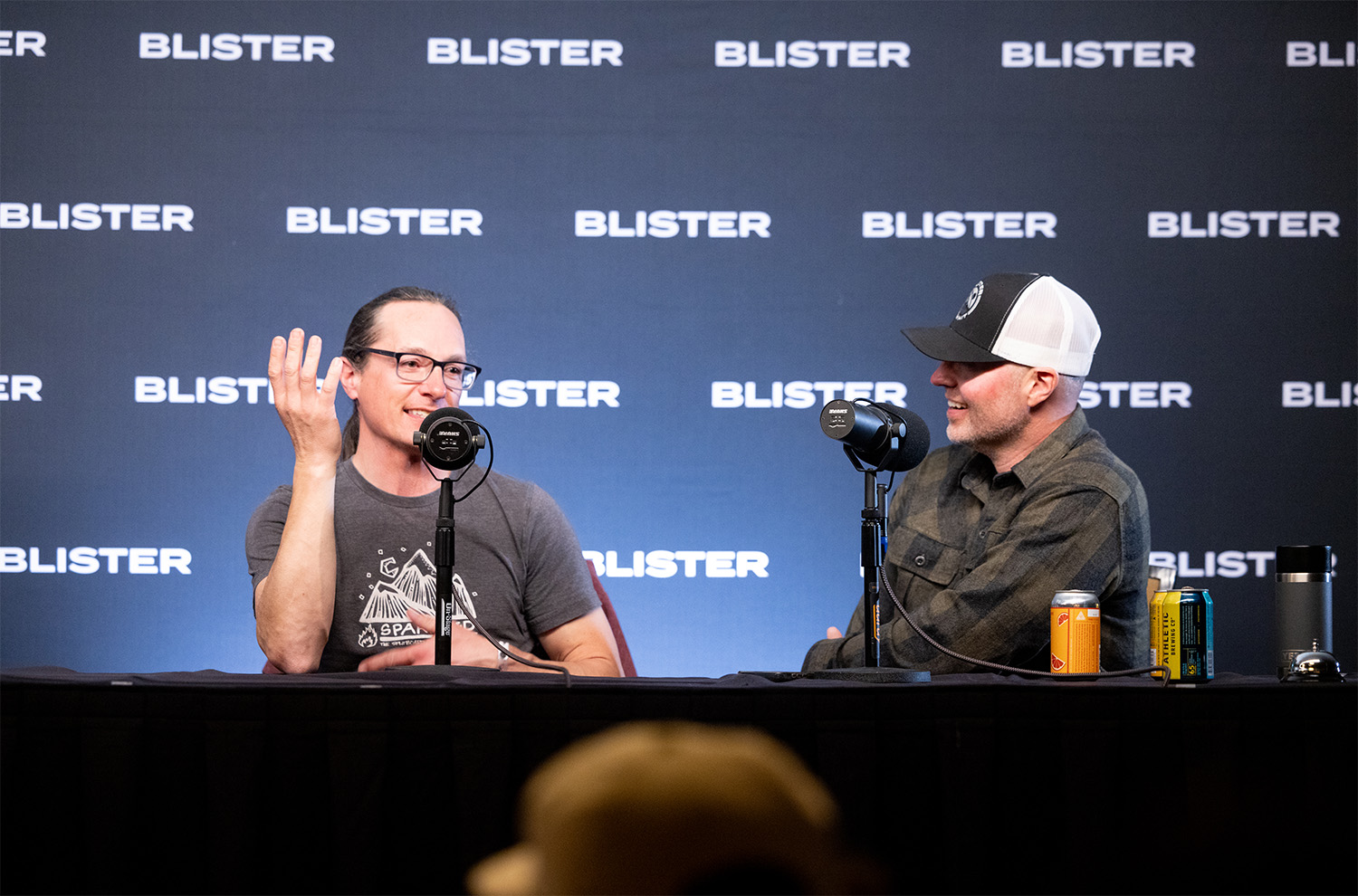
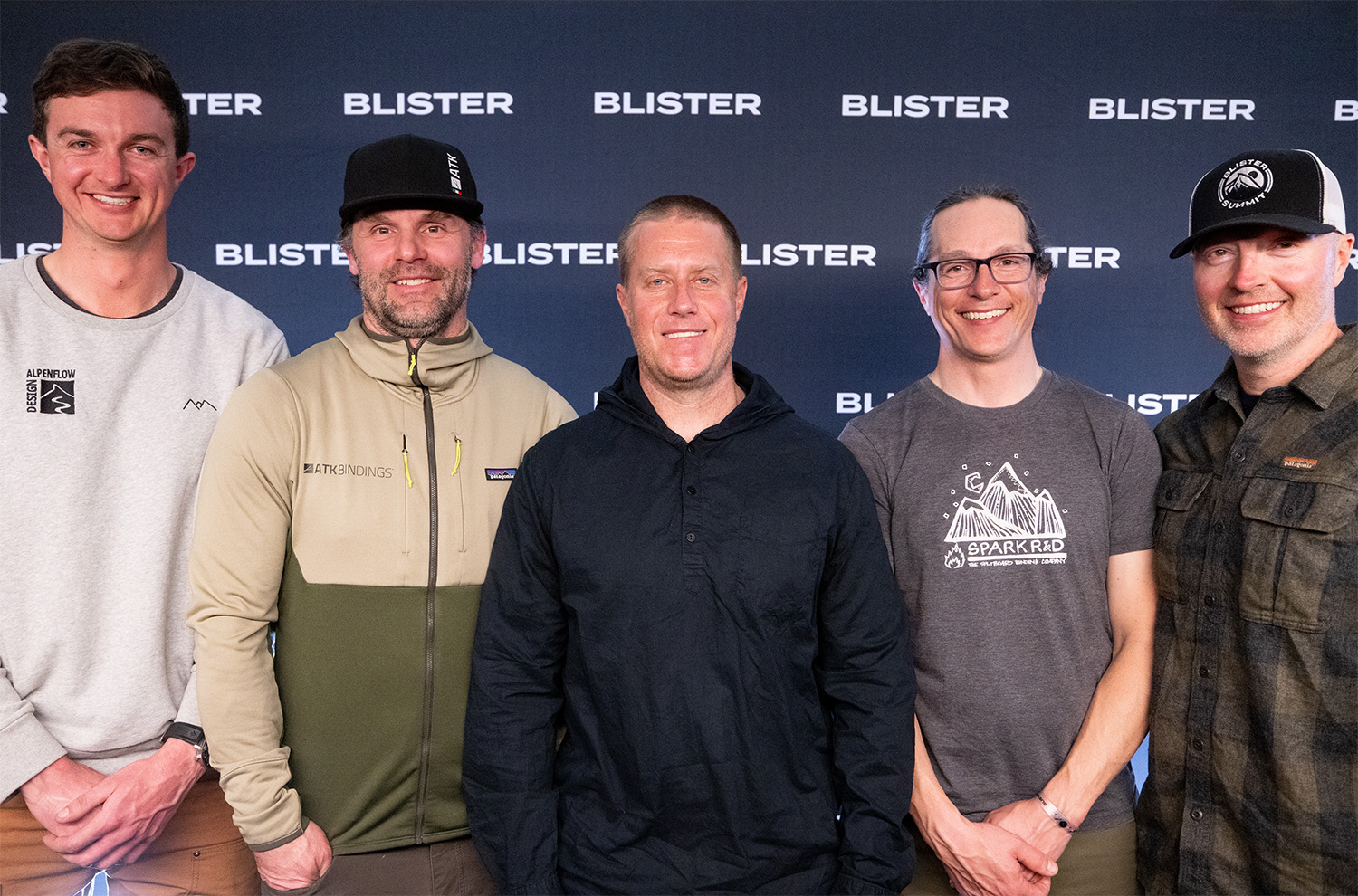
Leave a rating and / or review in the Apple Podcast app or on the Spotify app.
This free, 30-second action on your part lets us know you value all the time & energy that goes into producing & publishing GEAR:30, and it ensures that we can keep the show going.
How to Leave a Rating / Review on Apple Podcasts
- Open the Apple Podcast App
- (if you’re on your phone, simply click this link)
- Go to the icons at the bottom of the screen and choose “search”
- Search for “GEAR:30”
- Click on the SHOW — *not* the specific episode
- Scroll down to “Ratings and Reviews”
- Click on “Tap to Rate” and leave us a 5-Star Rating!
- Below that, you can click Write a Review if you’d like to share a few words
How to Leave a Rating on Spotify
- Currently, you can only rate a podcast in the Spotify mobile app
- (if you’re on your phone, simply click this link)
- Navigate to the GEAR:30 show on Spotify (not to a specific episode)
- Tap the star icon underneath the podcast description and if you like the show, leave a 5-star rating
- On Spotify, you need to listen to at least one episode before you can rate a podcast.
What new thoughts and ideas emerge when you bring together in conversation makers of hybrid ski bindings and AT bindings and snowboard bindings and splitboard bindings? At Blister Summit 2025, I led a conversation along these lines with Will Ritter of Spark R&D; Royal White, from Burton; Andy Merriman, from ATK Bindings; and Steven Waal, from the very new company, AlpenFlow Design. Enjoy, this is a great one.
RELATED LINKS:
Get Yourself Covered: BLISTER+
TOPICS & TIMES:
Exploring the Evolution of Bindings (3:11)
Customer Feedback in Product Development (5:47)
Design Principles of New Companies (08:50)
The Importance of User Experience (12:13)
Evolution of ATK Bindings (15:00)
The Future of Snowboard Bindings (18:02)
Challenges in Binding Production (21:02)
User Errors / Misuse of Bindings (23:58)
Understanding Binding Mechanics & Maintenance (34:03)
The Importance of Familiarity with Gear (37:10)
The Shift towards Lightweight Ski Gear (41:18)
Ethical Considerations in Product Development (46:54)
Bindings Compatibility (50:00)
The Cost of Backcountry Bindings Explained (54:03)
The Future of Binding Standards in Skiing (57:15)




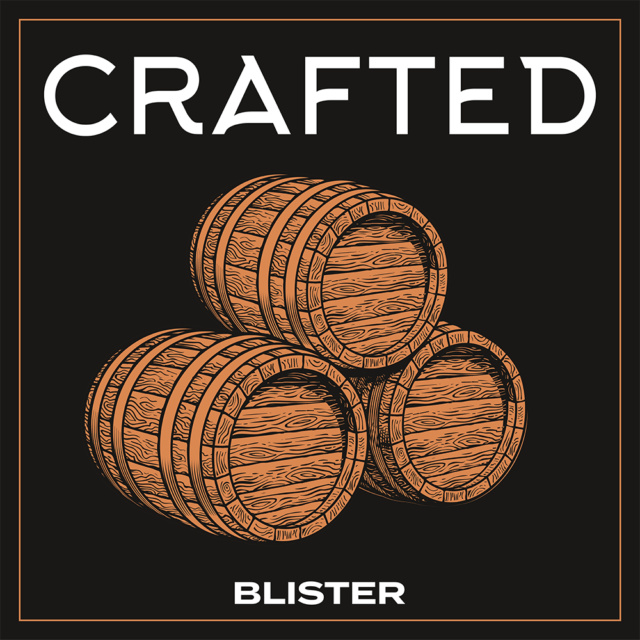
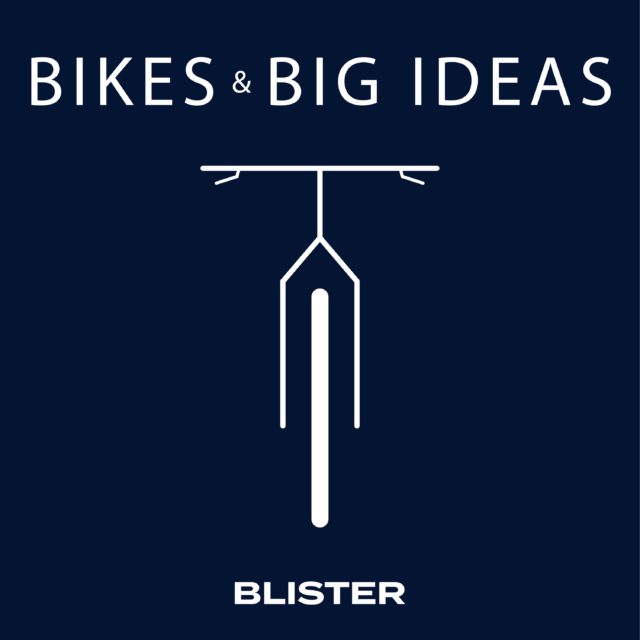
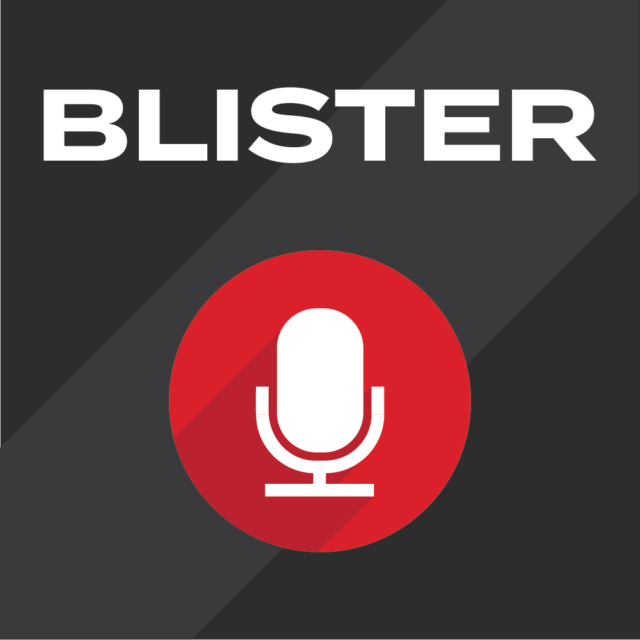
I have to admit that the AlpenFlow 89 confuses me a bit. I have FreeRaiders, Tectons, and Shifts on various skis, and I’ve ridden the Kingpin and Rotation.
I’ve come away from those experiences firmly convinced that side-to-side toe elasticity as found in the Tecton and Shift (and now the HyFree which I haven’t tried) provides a significant improvement in descending performance, especially when edging on firm snow. The AlpenFlow 89 appears to have toe rotation but not elasticity (similar to, well, the Rotation), and historically that doesn’t provide the same smoothness. It honestly strikes me as a (probably significantly) improved Kingpin, which would have been a market killer pre-Tecton/Shift but doesn’t seem as competitive now.
What am I missing here?
On the snowboard side, Burton’s approach of collaborating with other players to establish a compelling standard seems similar to what the alpine players ultimately did with ISO 23233/Gripwalk.
Apparently what I’m missing is that it _does_ have elasticity (a claimed 40 mm, which would considerably exceed the HyFree, Shift, and Tecton). I can’t immediately see how they managed that in combination with rotation from the website renderings, but it sounds really exciting.
Hmm, their site says “Elasticity is controlled by the alpine heel piece in both the vertical and horizontal directions for optimal release control and power transmission.”
So my understanding is that the 40mm of lateral elasticity is at the heel, and not the toe.
As someone who was trained as a mechanical engineer I thought that Cobey’s answer about development process and testing ethics at 47:00 was fantastic. That’s exactly what we’re trained to do.
Another aspect to the cost question around 55:00 is the sheer mechanical complexity of modern AT bindings. While they consist of less material than alpine designs they typically have more parts that interact in more complex ways, and that drives design cost and manufacturing cost up. The number of critical (cam, bearing) surfaces is a key driver of machine time, because those are precision surfaces that have to be machined using shallow cuts (less material removed per cut) and slower feedrates (each cut takes longer).
Hey! Steven here from AlpenFlow Design. I’m super excited to hear everyone’s comments and interest in the architecture and mechanics of the AlpenFlow 89! We definitely understand that some of the concepts behind the binding can be hard to grasp, and we are hoping to publish some more content on our website, YouTube, and/or Instagram soon that should help clear up some of these questions. In the meantime, please feel free to reach out to us via our website if you want to learn more! We love hearing from actual consumers and want to better understand how we can more clearly articulate our design!
Re: binding inserts like all snowboards…i had a pair of Dynafit Manaslu’s (c.2012) with inserts for their Radical binding. The holes were covered with some kind of top sheet material and you could pick your mounting point from several available sets of holes. I think they had this feature in other skis like the Stoke. Obviously it didn’t hang around very long with so many new AT bindings coming to market with different hole patterns but it has been tried before.